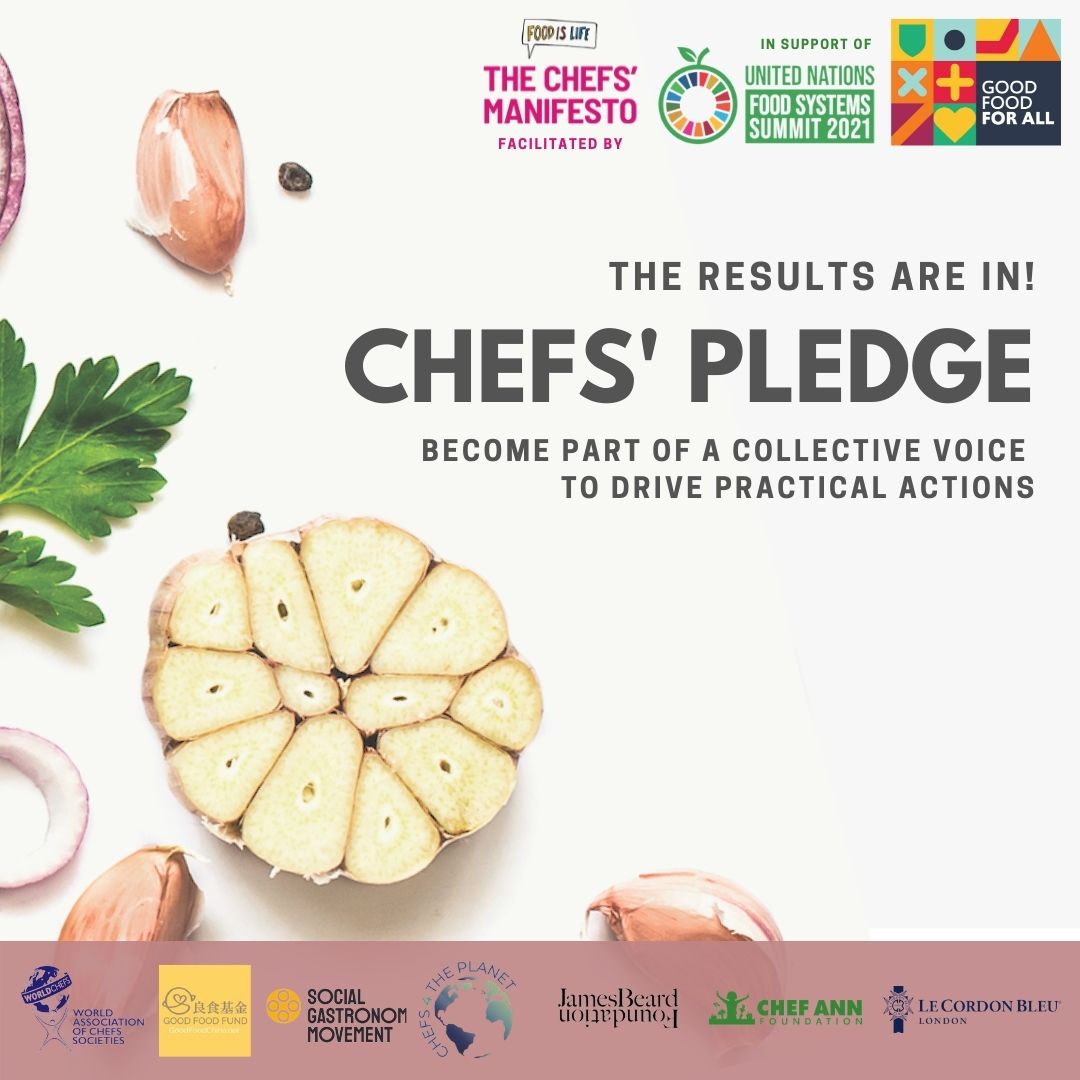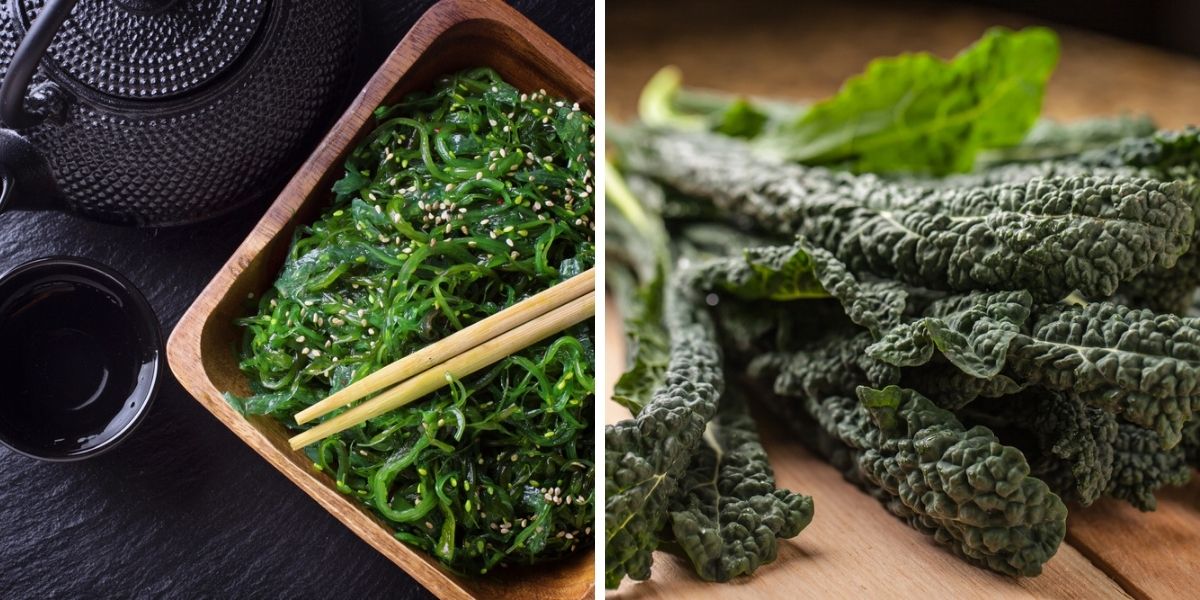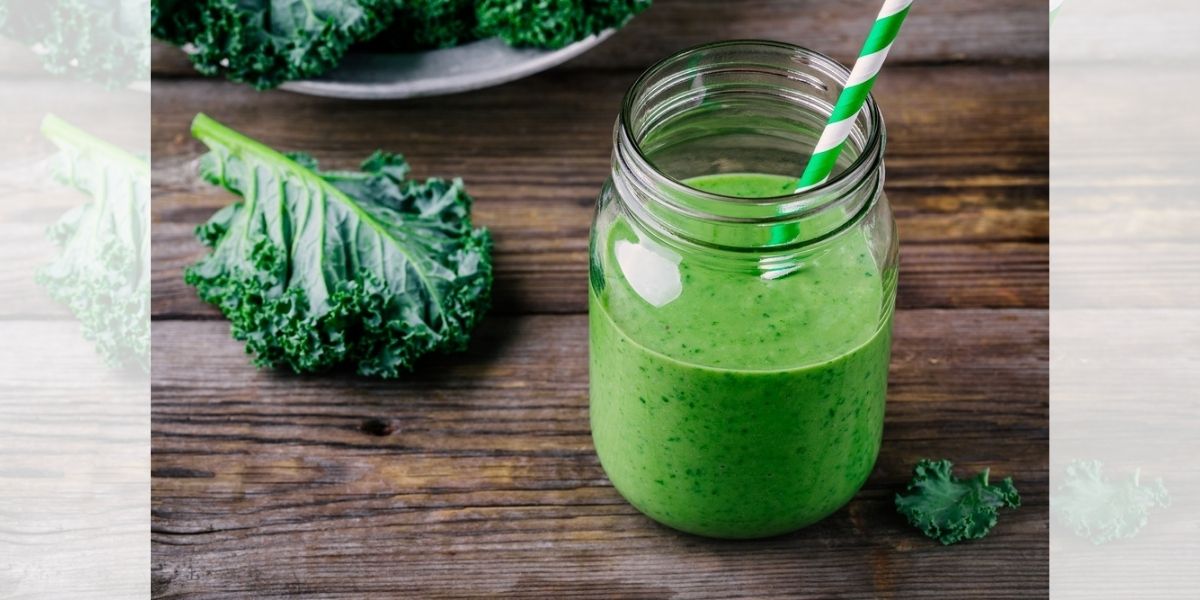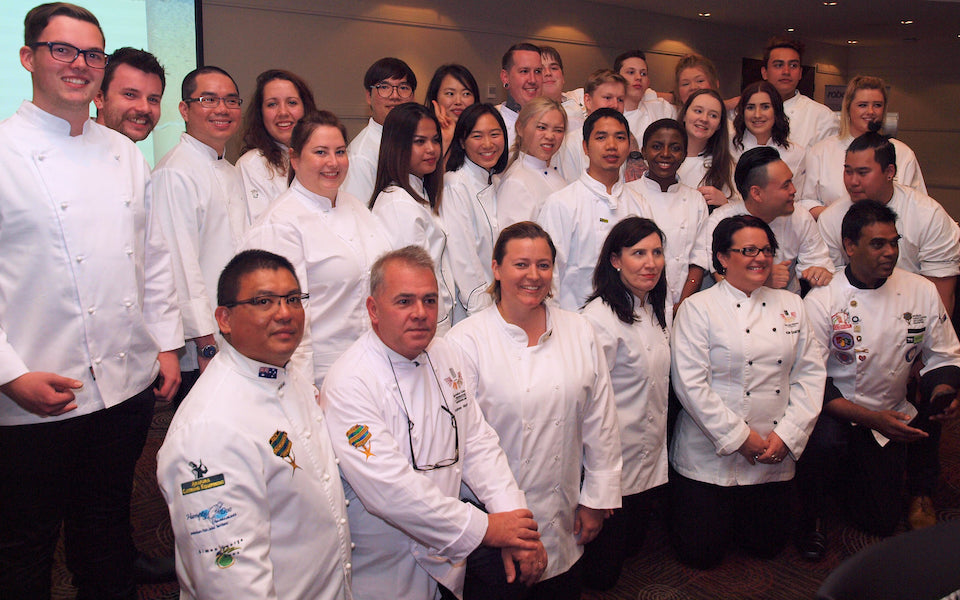Don’t we just love deep-fried foods? We can hardly resist the distinct aromas, flavors, and mouthfeel of deep-fried foods, luring us with their golden color and crispy texture. Just envisioning a crispy fried chicken or a fried mantou bread can make your mouth water. But did you know that the frying oil used to fry these foods play a significant role in producing the desired end results? In this article, between soybean, sunflower, and palm oil, let’s find out which of these is the best for deep-frying.
What happens during deep-frying?

Deep-frying is often described as heating of food at 150 – 190oC in an oil immersion. During deep-frying, the frying oils undergo physical and chemical changes due to the presence of oxygen and moisture. Reactions such as hydrolysis, oxidation, ring formation and polymerization take place during deep-frying1. As a result of these reactions, the degradation of the frying oil takes place. The degradation of the oil hinges on its fatty acid composition. As shown in Figure 1, the stability of the oils that contain higher amount of polyunsaturated fatty acids such as soybean and sunflower oil, degrade faster than palm oil. While palm oil contains only 10% polyunsaturated fatty acids, soybean and sunflower contains 61% and 62% respectively2. Unlike polyunsaturated oils, palm oil contains less linolenic acid which is highly susceptible to oxidation during frying. For polyunsaturated oils to be used for deep frying, these oils need to undergo partial hydrogenation to increase the oils’ stability, which is unfortunately harmful as it causes the formation of trans fatty acids. Today, oils with lower stability such as sunflower and soybean are commonly blended with palm oil to gain higher melting point for better frying application.






